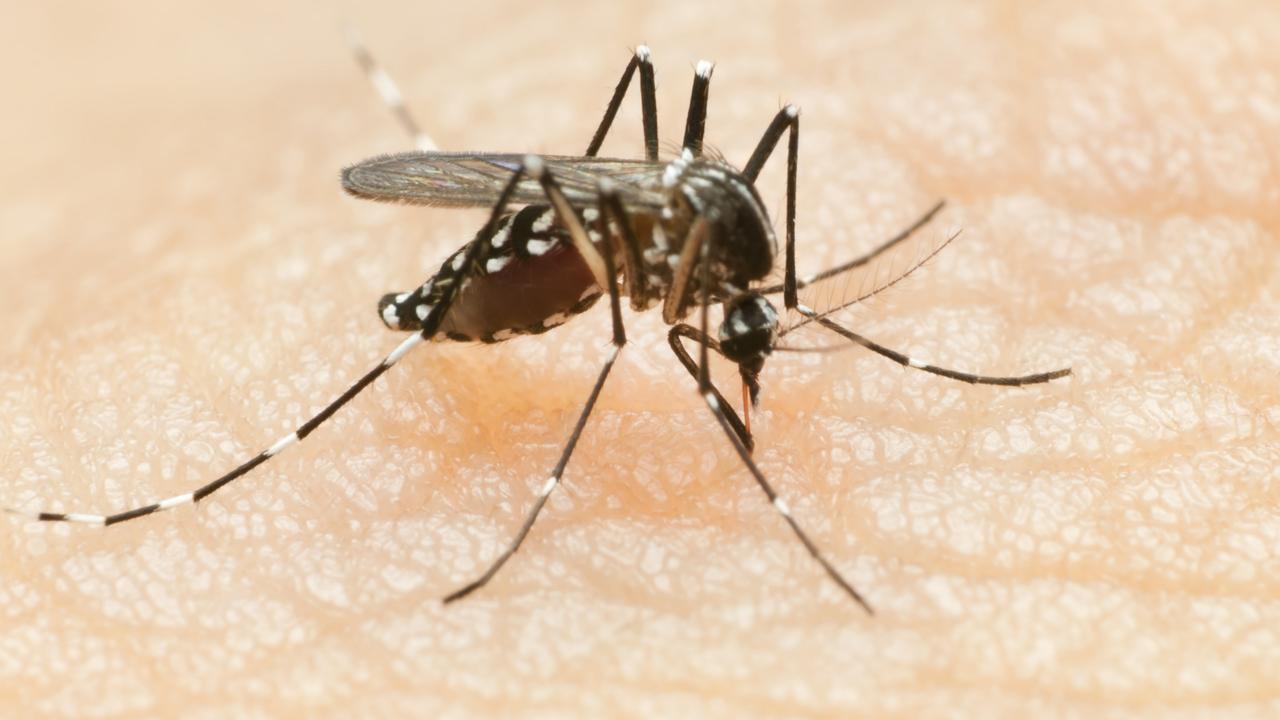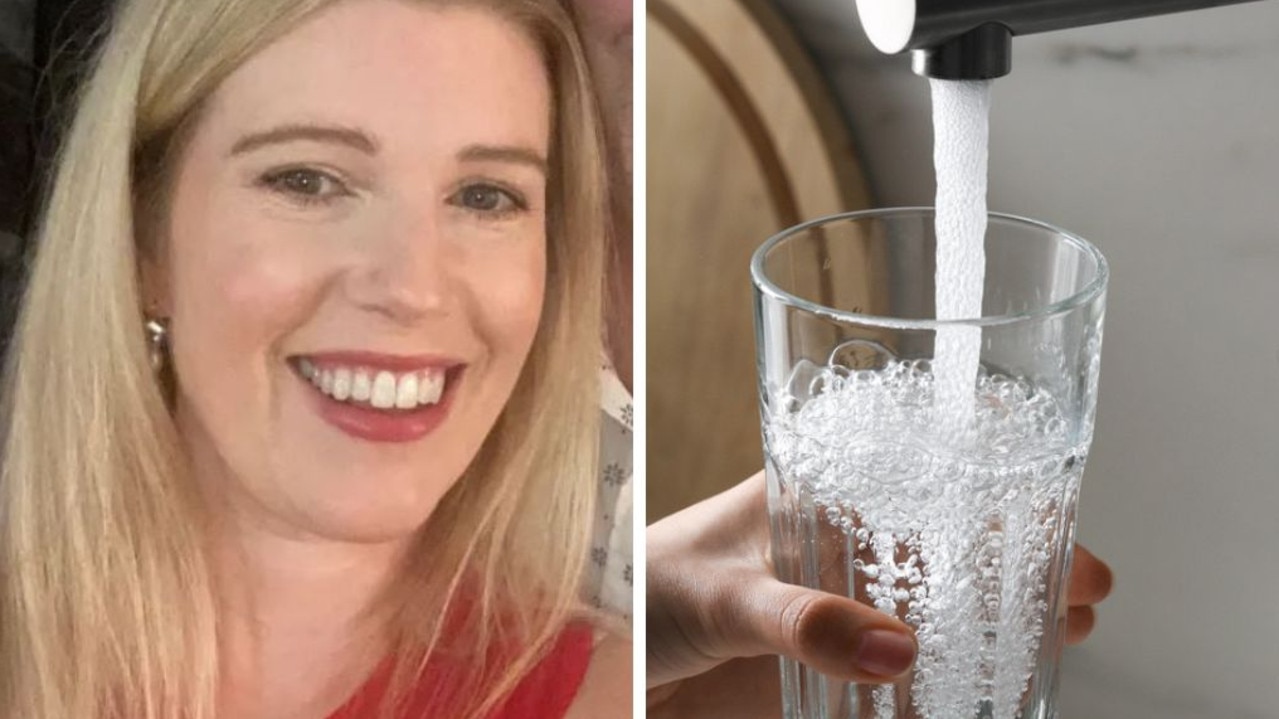‘Playground mishap’ left Aussie boy ‘screaming in pain’
Aussie boy Cooper Smylie had to learn to walk again after a simple playground fall led to world’s “most painful incurable disease”.
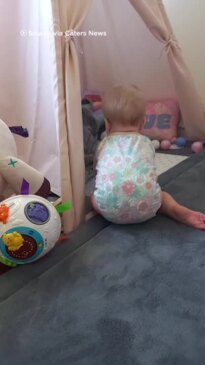
Health
Don't miss out on the headlines from Health. Followed categories will be added to My News.
When nine-year-old Cooper Smylie fell over and knocked his kneecap, he initially brushed off the incident as a playground mishap.
But four days later, he woke up “screaming in pain” as if a blowtorch was being held to his foot.
His condition quickly worsened to the point where he could no longer move his right foot, needed to use a wheelchair and had to learn to walk again.
It took months of “agony” navigating the health system before the Gold Coast boy was finally diagnosed with complex regional pain syndrome – a rare neurological disease that affects 5000 Aussies and causes “excruciatingly painful” reactions to stimuli including air and water.
It is considered to be the world’s most painful incurable health condition.
“One of Cooper’s symptoms is allodynia,” his mother Melinda told news.com.au.
“If someone walks through a room, the air will move which is extremely painful for him. It could be a vibration – he can feel a car drive past. He also experiences pain from showering or the rain.”
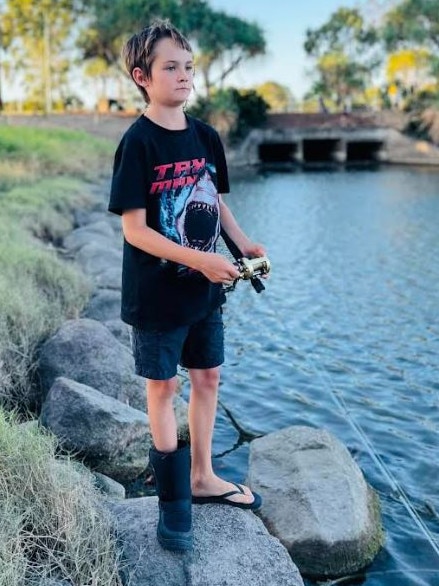

For Cooper, this pain feels like electric shocks through his body, an ice-cold numbness or severe burning.
Now aged 14, he wears a thick sock and snow boot all year round to protect his lower leg from outside stimuli that would seem harmless to others.
“It means at times, he’s not able to leave his bed at all,” Melinda explained.
“This can last for a few hours to sometimes months at a time.
“It’s really difficult. As he doesn’t have a visible disability, people think he should be up and running around and playing like any other child at that age.”
An estimated one-in-five children live with chronic pain – accounting for 22 per cent of school absences – while there are only six specialist pain clinics in Australia, meaning they can wait up to three years to get a diagnosis through a pediatric professional and access to effective treatment.
Melinda said the experience of seeing GPs and getting X-rays with no real answers was completely isolating, while her son was unable to get out of bed or attend school for weeks or months on end and teachers thought he was making up his pain.
This “stigma” is not uncommon among teachers, according to Rebecca Fechner, senior physiotherapist at the Queensland Children’s Hospital, who ran trials at two schools in NSW and Queensland.
As part of her PhD research, she found 24 per cent of the 233 teachers who took part questioned whether the stomach ache suffered by a 12-year-old girl was “real”, while some even used “potentially stigmatising language to describe pain in their survey responses”.
“Socially, what we do and what we say is really important,” Ms Fechner told news.com.au.
“It makes a big difference in how they experience pain in the future.”
She said the biggest finding in her research was that children and parents were trying to navigate the health system and the school system which were “not speaking the same language”.
“It was putting a lot of stress on families,” Ms Fechner said.
“We were looking at the strengths in the education system to see the best way to create change. There really is so much in the education system that can support children with chronic pain.”
She said she hopes to see neuroscience – the study of connections between body and mind – added to the Australian curriculum and rolled out at all schools to help reduce the stigma and trauma for children with chronic pain.
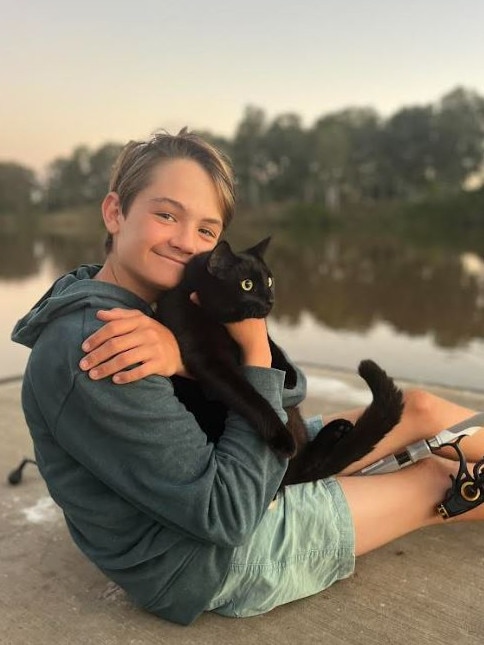
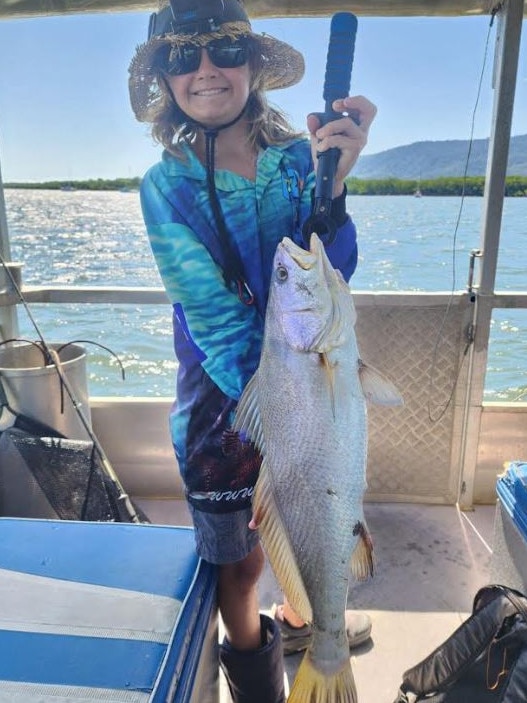
Researcher Dr Joshua Pate said as chronic pain can be “invisible” to others, teaching neuroscience in schools was crucial to creating “more empathy in the playground”.
“At some point in childhood, a large number of kids will face chronic pain to various extents,” Dr Pate told news.com.au.
“Society pushes people into bottling it up. It’s a big challenge we need to think about. Children can get stuck in the middle, and that’s not very empowering.
“For younger age groups, kids haven’t yet developed the capacity to know what to do, so this conversation is important. Many of these kids challenged by pain also feel dismissed, that their pain isn’t real, leading to stigma and isolation.
“Our community needs to recognise and validate the pain experiences of children.”
Partly due to the frustration of dealing with the mainstream school system, Melinda and her husband Robert packed up their home on the Gold Coast and now travel around Australia in a caravan while home schooling Cooper and his brother Dylan, 12.
This alternative lifestyle allows Cooper to manage his symptoms and thrive, and he certainly doesn’t let his condition stop him from taking part in his passions – including fishing – which he shares with his 50,000 social media followers.
He is also an ambassador for Kids in Pain Australia where he gives talks and presentations, raising awareness and offering hope to others.
“Not many people believed me and they all thought I was trying to get out of school,” Cooper told news.com.au.
“Now I share my story with others about what I am doing.”
Since embarking on their road trip three years ago, Melinda estimated they had travelled around 25,000km across Queensland and NSW, meeting some “amazing people” along the way.
Currently, they’re heading to Canberra and then onto South Australia.
“When children experience adverse childhood trauma like a medical issue, they are told it’s all in their head, it can’t be real and they are making it up,” she said.
“I knew I had to take that experience and turn it into a positive one. When Cooper feels low, it’s really low – no child should have to experience that feeling. We were able to give him his childhood back.”
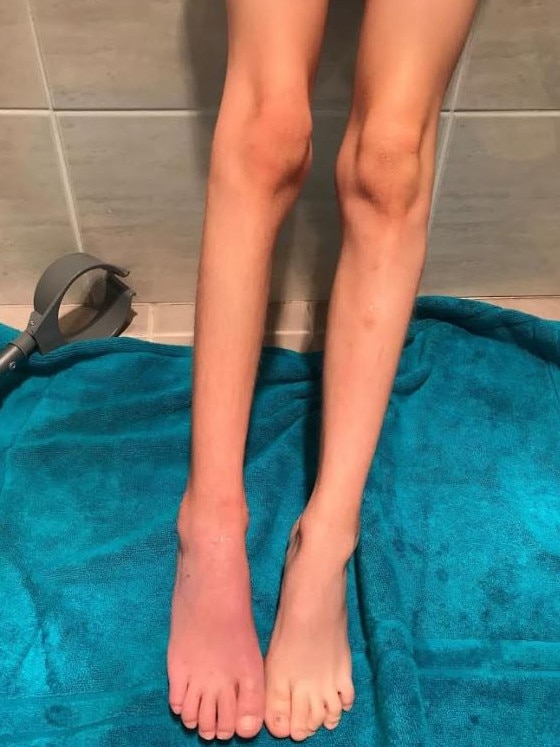
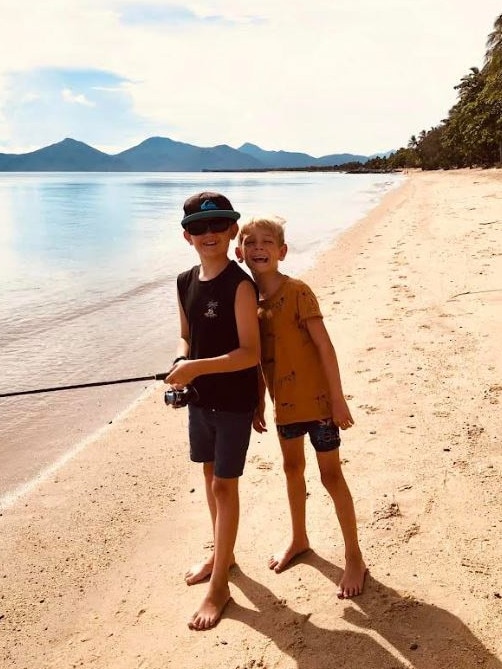
Nicolette Ellis, chairwoman of Chronic Pain Australia, said there was a misconception that chronic pain should be tied to a visible injury, but that it was much more complex and involved changes in the nervous and immune systems, amplifying the sensation of pain.
“For some teachers, the lack of understanding or personal experience with chronic pain can lead to disbelief,” she told news.com.au.
“It’s commonly assumed that pain is something only adults experience, so it can be hard for some to accept that a child could be living with chronic pain. This mindset isn’t unique to teachers – it reflects a broader societal gap in awareness.
“If you are a teacher and reading this, it’s likely that around five students in the class will be experiencing ongoing pain.”
Ms Ellis said Chronic Pain Australia created the Kids in Pain initiative to help squash the stigma, while providing support for families who were often left in “limbo” while trying to navigate the health and education systems.
To reduce the delay in getting a diagnosis, she said there needed to be a focus on upskilling healthcare professionals across “all disciplines” including chronic pain which was the leading cause of disability in Australia.
“There are over 300 types of chronic pain conditions, from more common issues like back pain, migraines, and pelvic pain to rarer conditions like complex regional pain syndrome and trigeminal neuralgia,” Ms Ellis said.
“Unfortunately, most healthcare professionals receive minimal training on chronic pain, and veterinary students – who focus on animal care – often receive more pain management education than human healthcare workers.”
For more information visit chronicpainaustralia.org.au
Originally published as ‘Playground mishap’ left Aussie boy ‘screaming in pain’



